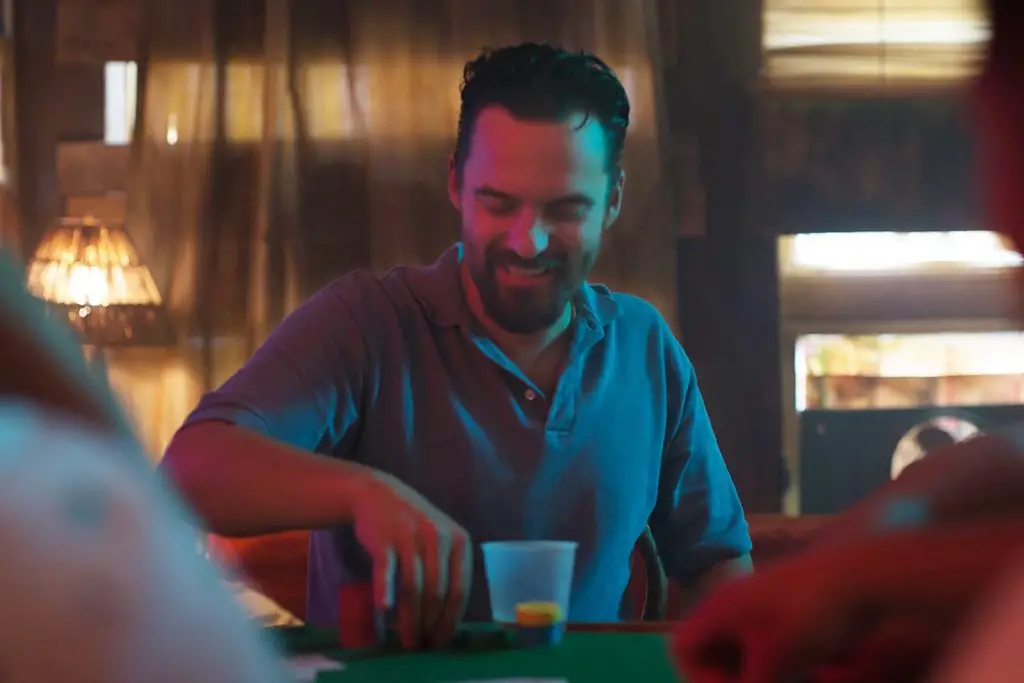
Pretty much the title says it all in that whatever you can imagine as a result basically shows up on screen. Co-director Zana Briski actually insinuated herself into the red light district of Calcutta India in order to glean knowledge about the women, but as she says in the narraration, the first thing she encountered were the children of this sub- society. Ignored, spurned, or dismissed—there exists a universe in the back alleys and brothels that is distinct from the country’s mainstream society, and the children actually impress with the manner in which they cope and survive with a bleak future.
Ms. Briski quickly focused her attention on the forgotten urchins–ranging in age in the six to ten year old range—and uses photography, first to connect with the youths, then to draw out unknown or undiscovered passions and talent. She becomes their tutor, mentor, and in the end their only hope of escape. The movie documents her work with these children and while you knew going in that this was going to harbor some demoralizing elements, the biggest tragedy is the biggest surprise—these are kids with personality and ambition, and their plight is made more dramatic because of these traits.
Many of the kids exhibit a talent with the camera, and even those who do not have a blatant skill are able to produce compelling images because of their innate familiarity with their environment. When they begin to see what they are able to produce these children become transformed. Interviews with each of them shows that there is some deep wisdom harbored in their young souls, and all profess to wanting a better life apart from the brothel neighborhoods. The problem they face is the entrenched fatality that exists in their families. Some parents are waiting for the day when their daughters can join in the line—a fact spoken frankly by the girls themselves. Others are reticent to allow their kids to go off to a boarding school because that means they will not be around to clean houses and the family will lose an income.
Less clear is something that is not clearly addressed, and that is the fate of the young boys. While the girls appear to be consigned to a life as prostitutes the young boys have a future in limbo, and if they cannot get to a school and a chance at an education then what lies ahead is not clear. But suffice that it is not good. Briski does a fair amount of work to get anything that the children could use to better themselves, but just as often the futility of their lot is glaring.
Maybe the only thing detracting from this production is the obvious nature of the story. When you begin with children being brought up in this environment the pathos is obvious, and therefore blunted slightly. The real revelation is the personalities of the kids, who manage to have upbeat attitudes and desires for a better life and deliver them with a genuine enthusiasm of youth. The brightest facet of the movie is that even as they face oppressive conditions they still persist with joy. That alone is enough to give them a chance.
